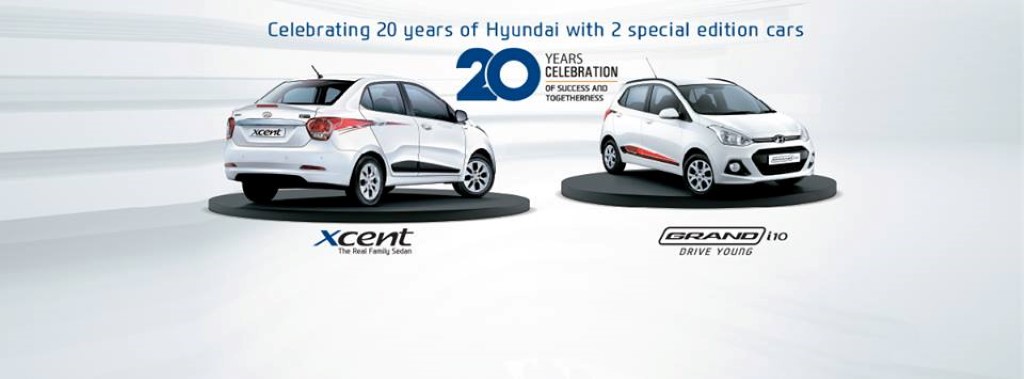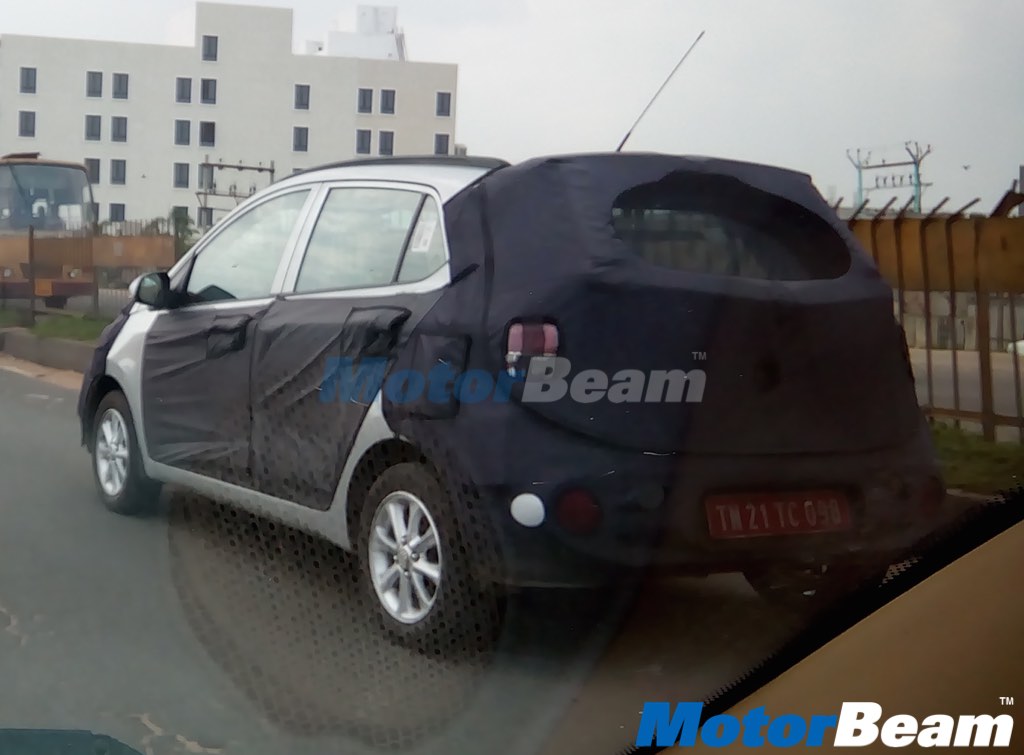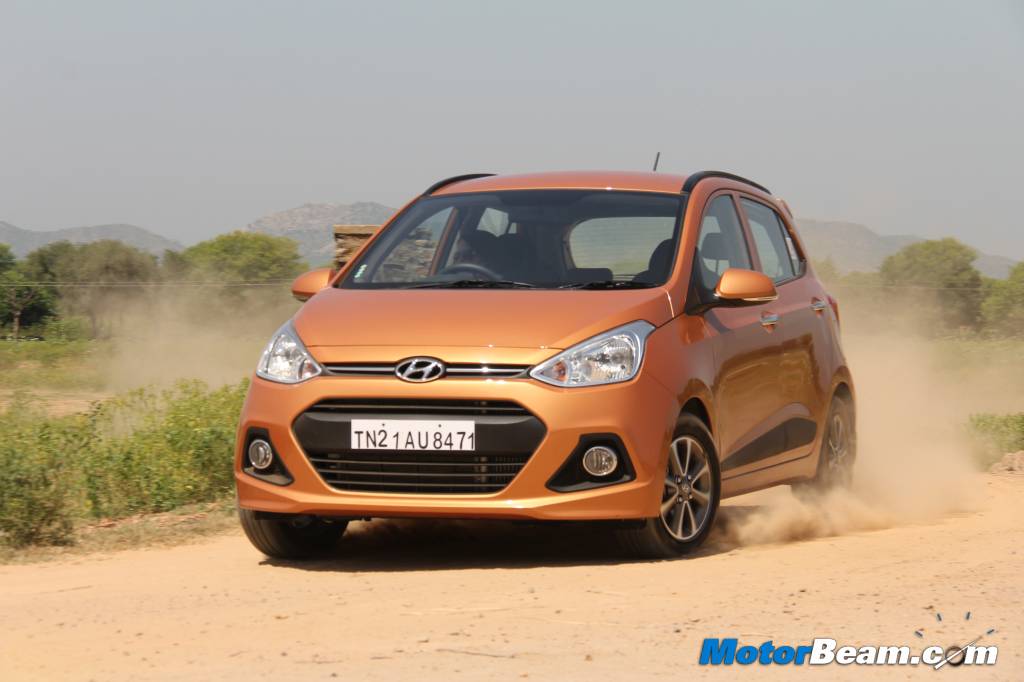[flickr size=”center” float=”medium”]http://www.flickr.com/photos/motorbeam/9695650956/[/flickr]
Performance – Hyundai has equipped the Grand i10 with an option of two powertrains. The standard petrol powered 1.2-litre Kappa engine and an all new 1.1-litre second generation U2 CRDi diesel engine. The 1.2-litre petrol powered Kappa engine produces 83 PS of power and 114 NM torque. Equipped with dual VTVT (Variable Valve Timing) which optimises in opening and closing of the value thereby improving both performance and fuel efficiency. The petrol powered Hyundai Grand i10 delivers an ARAI certified fuel efficiency of 18.9 km/l/. Currently the petrol engine is mated to a 5-speed manual gearbox but Hyundai has already announced it will launch a 4-speed Automatic at a later stage. This petrol engine has a strong mid-range but tends to lose breath at the higher end of the rev band. It offers good linear performance and pulls cleanly from low revs.
[flickr size=”center” float=”medium”]http://www.flickr.com/photos/motorbeam/9695644884/[/flickr]
The highlight of the Grand i10 is the new 3-cylinder 1.1-litre U2 CRDi engine which is an absolute gem for city driving. Producing 71 PS of power and 160 NM of torque, this oil burner does not feel like a 3-cylinder motor at all. Usually 3-pot diesels are noisy and have inherent vibrations associated with it. Hyundai has incorporated a balancer shaft to reduce the vibrations and sound deadening material has been used to improve NVH levels. In fact, the engine is barely audible inside the cabin of the Grand i10 till around 3000 RPM.
[flickr size=”center” float=”medium”]http://www.flickr.com/photos/motorbeam/9692414159/[/flickr]
Power delivery is linear and the engine pulls effortlessly between 1500 – 3000 RPM. There is a minor hint of turbolag below 1500 RPM. The Grand i10 sprints to 120 km/hr easily after which it feels strained till 140 km/hr and tops out close to 150 km/hr provided you don’t run out of road. Mated to this engine is a 5-speed manual transmission with short and slick throws. The cogs work into each other so effortlessly that you actually enjoy the shifts. The ratios on this gearbox are made to suit both city and highway driving. The U2 CRDi engine in the Grand i10 operates at a very high injection pressure of 1800 bar and this generates low end torque which is available in a wide torque band from 1500-2750 RPM. There is enough torque available at low speeds to ensure you don’t need to work the gearbox too much. Even on the highway, the Grand i10 will comfortably do 80 to 120 km/hr in fifth gear. However, you may need to downshift for high speed overtaking manoeuvres. This 1.1-litre engine offers a strong low and mid-range and revs to around 4500 RPM, where it feels a bit strained. The first gear tops out at 40 km/hr, second a little above 70 km/hr and the third crosses 100 km/hr.
[flickr size=”center” float=”medium”]http://www.flickr.com/photos/motorbeam/9692416909/[/flickr]
The Grand i10 delivers 24 km/l as per the ARAI certified figures. To improve the fuel efficiency, the turbine housing has been integrated with the exhaust manifold and this engine already meets Euro V standards. Though we didn’t get a chance to test its real world mileage we reckon it should return around 16 – 18 km/l in the real world.
Head over to the next page to read about the Hyundai Grand i10’s dynamics and our verdict on the car.




